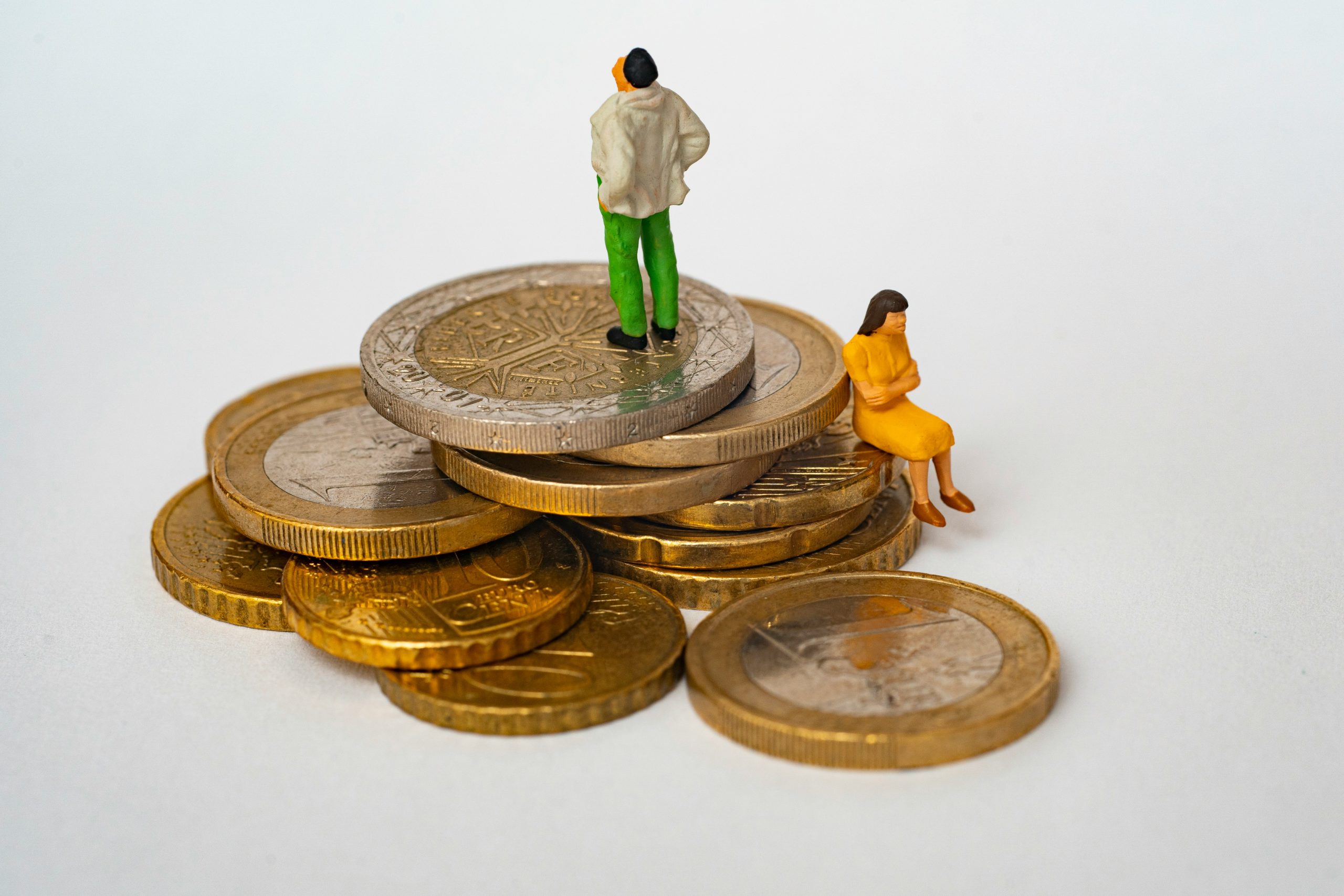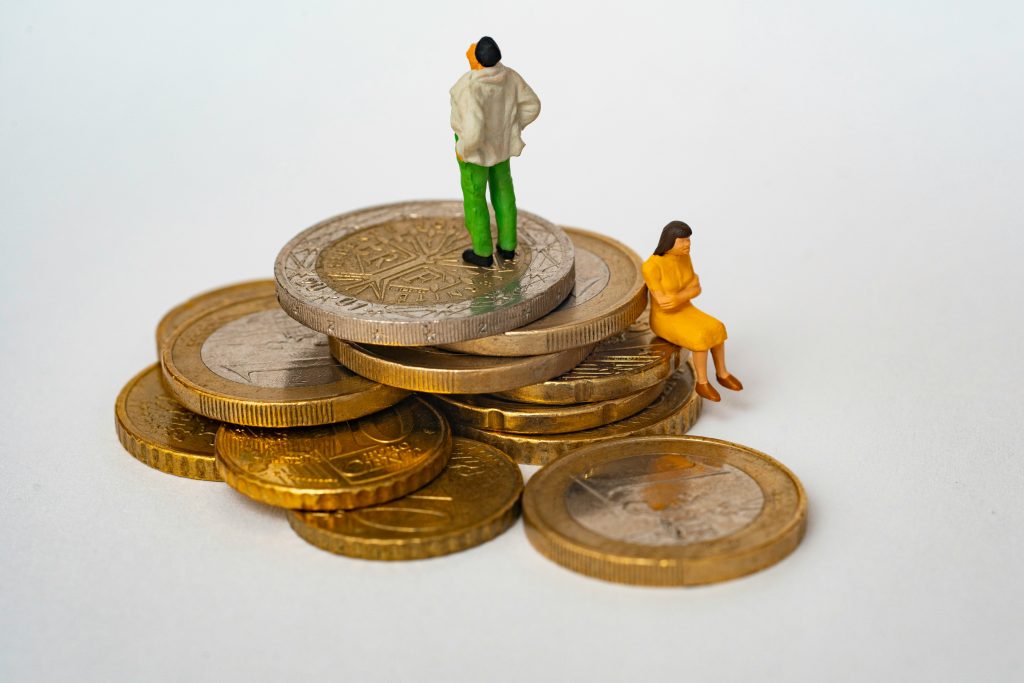
-
April 22, 2025
Micro-Lending: Fueling Economic Resilience from the Ground Up
How Small Loans Are Driving Big Change in Underserved Communities

Fatima Alvi

Micro-Lending: Fueling Economic Resilience from the Ground Up
How Small Loans Are Driving Big Change in Underserved Communities
Date: 22/04/2025
In a world where access to traditional banking remains limited for millions, micro-lending is emerging as a transformative force. By offering small, affordable loans to individuals who lack collateral or a formal credit history, micro-lending is not only helping people survive—but thrive.
From rural entrepreneurs in sub-Saharan Africa to urban artisans in Southeast Asia, micro-lending empowers individuals—particularly women and small business owners—to take control of their economic futures. These loans may be small in size, but their impact is anything but.
Why Micro-Lending Matters
Over 1.4 billion adults worldwide remain unbanked, according to the World Bank. Without access to credit, many are forced to rely on informal or exploitative lending systems. Micro-lending provides a safer, more empowering alternative.
Through microfinance institutions (MFIs), NGOs, fintech startups, and even peer-to-peer lending platforms, borrowers can access funds for everything from purchasing inventory and equipment to paying school fees or covering medical expenses. These loans unlock the potential for income generation and long-term financial independence.
Women at the Center of Microfinance
Globally, over 80% of micro-loan recipients are women. Why? Because research consistently shows that when women have access to financial resources, they invest in their families, communities, and businesses.
Programs like Grameen Bank in Bangladesh or BRAC’s microfinance initiatives have demonstrated that micro-lending to women not only boosts household income but also improves health outcomes, education levels, and community development.
In many cases, women form lending groups or cooperatives to share risk and build social capital—further strengthening economic resilience.
Digital Micro-Lending: A Fintech Revolution
With the rise of smartphones and mobile wallets, micro-lending has entered a new era. Digital micro-lending platforms powered by AI and alternative credit scoring are reaching remote populations faster and cheaper than ever before.
Companies like Kistpay are using mobile technology to offer instant, low-barrier loans—often with no paperwork, collateral, or bank visits required. These platforms assess creditworthiness using non-traditional data such as mobile phone usage, social behavior, and transaction history.
Such innovation reduces lending risk and brings millions into the formal financial ecosystem, particularly in Africa, South Asia, and Latin America.
Challenges and the Path Forward
While micro-lending has made tremendous strides, challenges remain. Critics argue that high interest rates, short repayment periods, and over-indebtedness can trap borrowers in cycles of debt. That’s why responsible lending practices, financial education, and borrower protections must go hand in hand with loan distribution.
There’s also a growing need for regulation and transparency, especially as the sector scales through digital platforms. Ensuring ethical lending models will be key to micro-lending’s sustainable impact.
Conclusion: A Micro Solution to a Macro Problem
In a time of widening inequality and economic volatility, micro-lending offers a pathway to financial inclusion, dignity, and resilience. It bridges the gap between survival and opportunity—empowering millions of people who have long been left behind by traditional finance.
The future of micro-lending lies in smart technology, ethical practices, and human-centered design. When done right, it doesn’t just lend money—it builds lives, fuels dreams, and strengthens economies from the ground up.
Micro-Lending – Global Microfinance – Digital Micro-Loans – Financial Inclusion – Fintech Lending Platforms – Mobile Loans

Leave a Reply